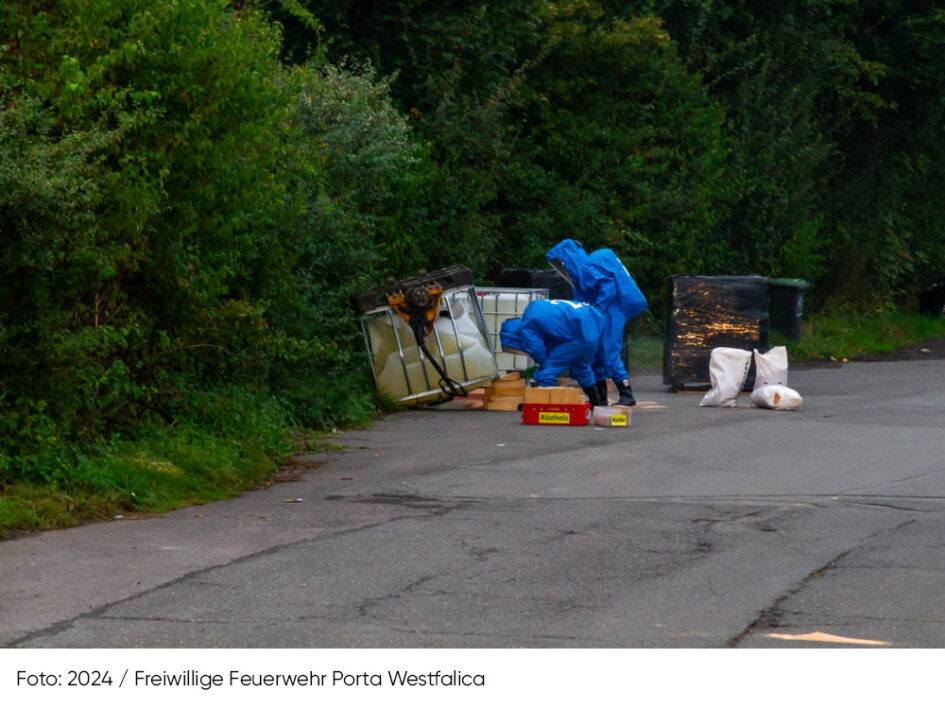Date:
September 20, 2024
Categories:
Industry News, Products, Sustainibility, Tips & Tricks,
Complex substance determination
After intensive investigations, it turned out to be acetone – a highly flammable and hazardous solvent. Situations like this are extremely dangerous, as a lack of information and inadequate labeling put emergency services and the environment in unnecessary danger. Fortunately, the fire department was able to bring the situation under control, but a key question remains: why were basic safety precautions, such as proper labeling, neglected?
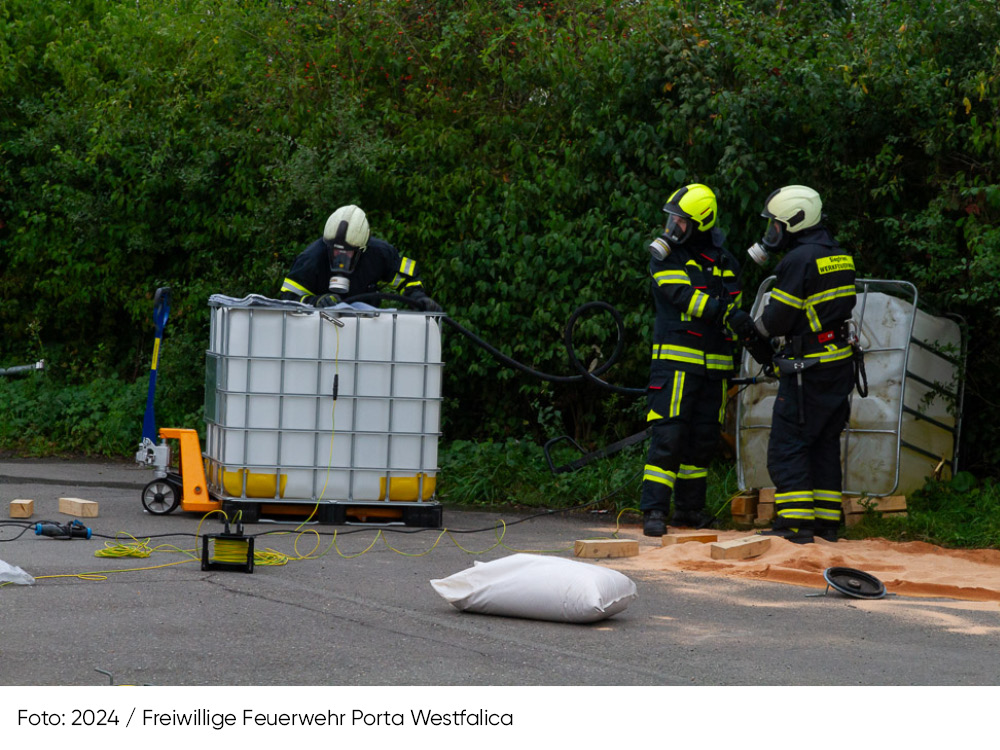
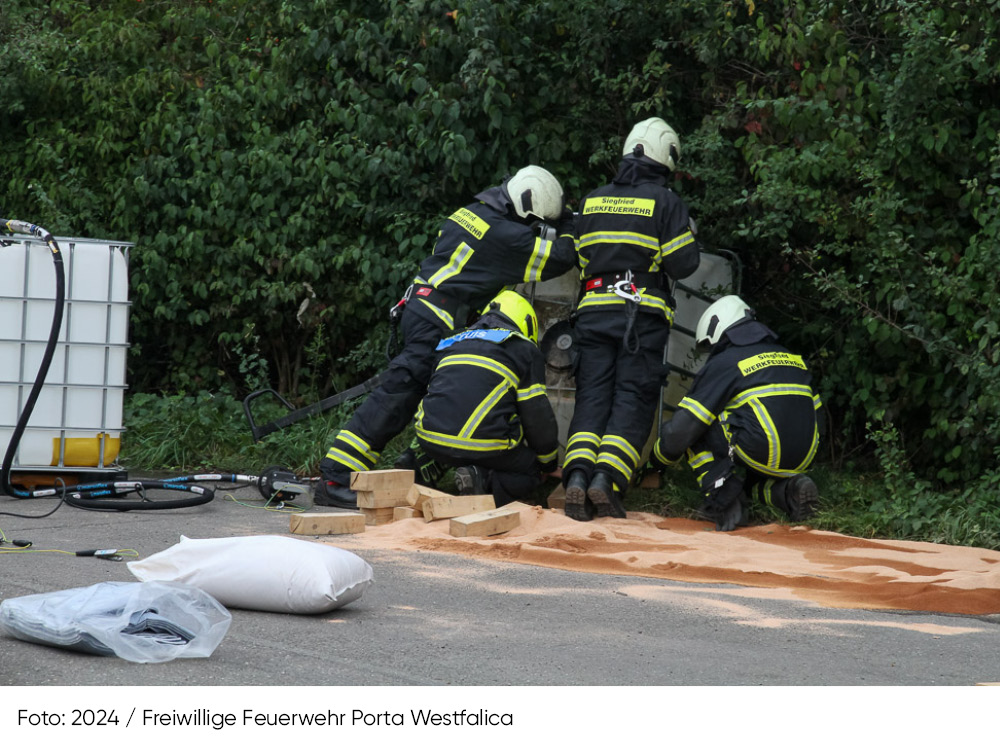
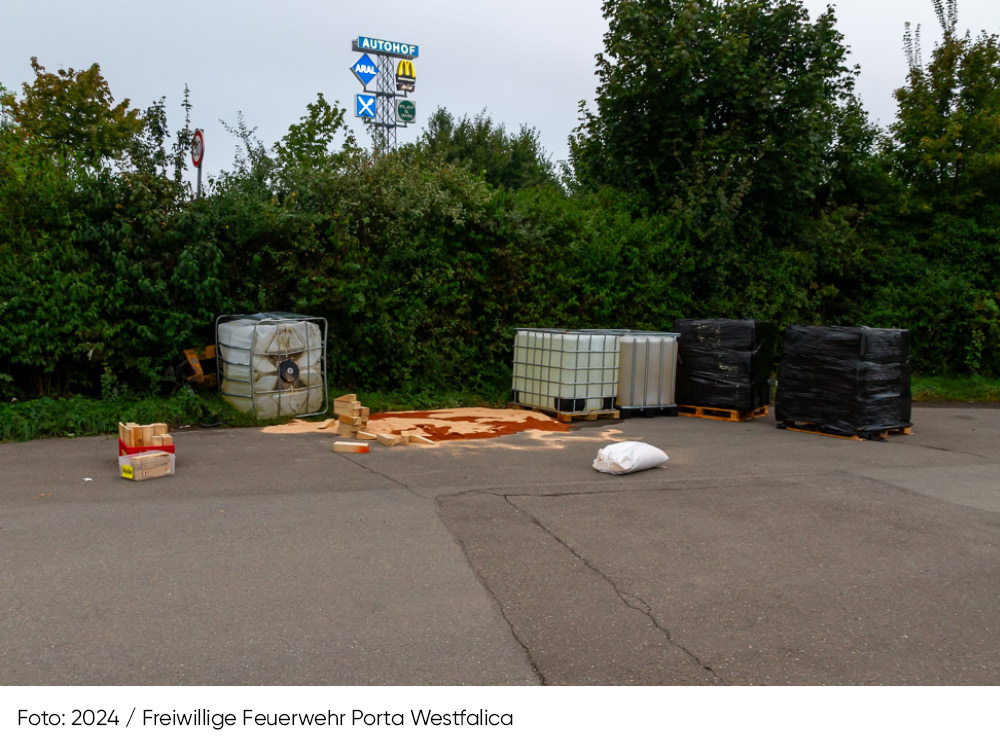
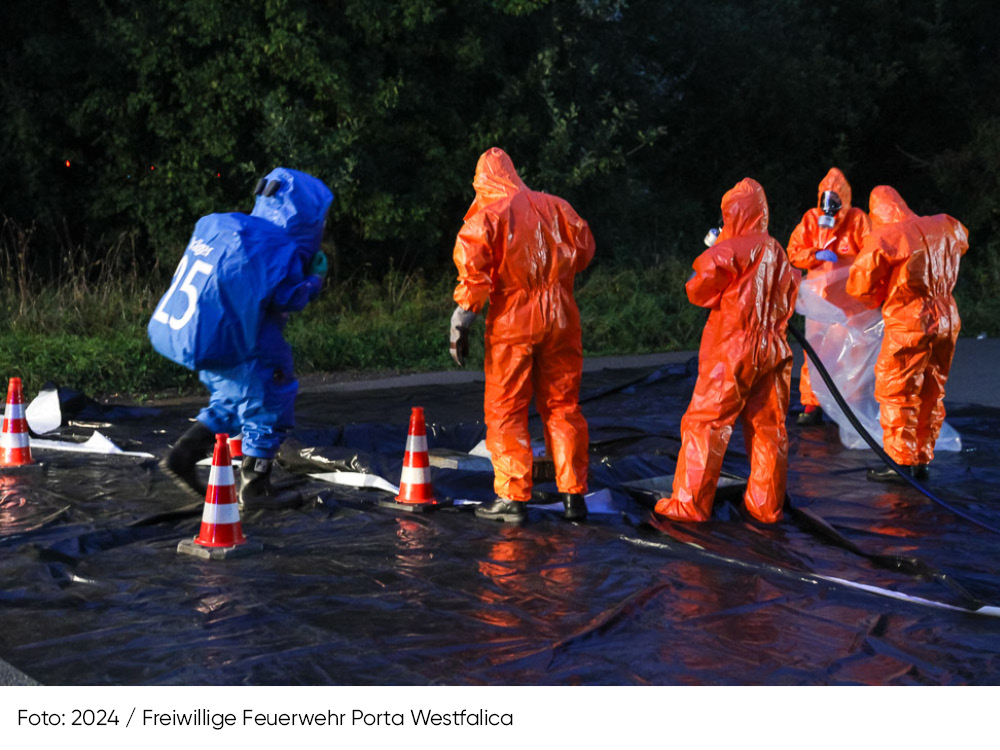
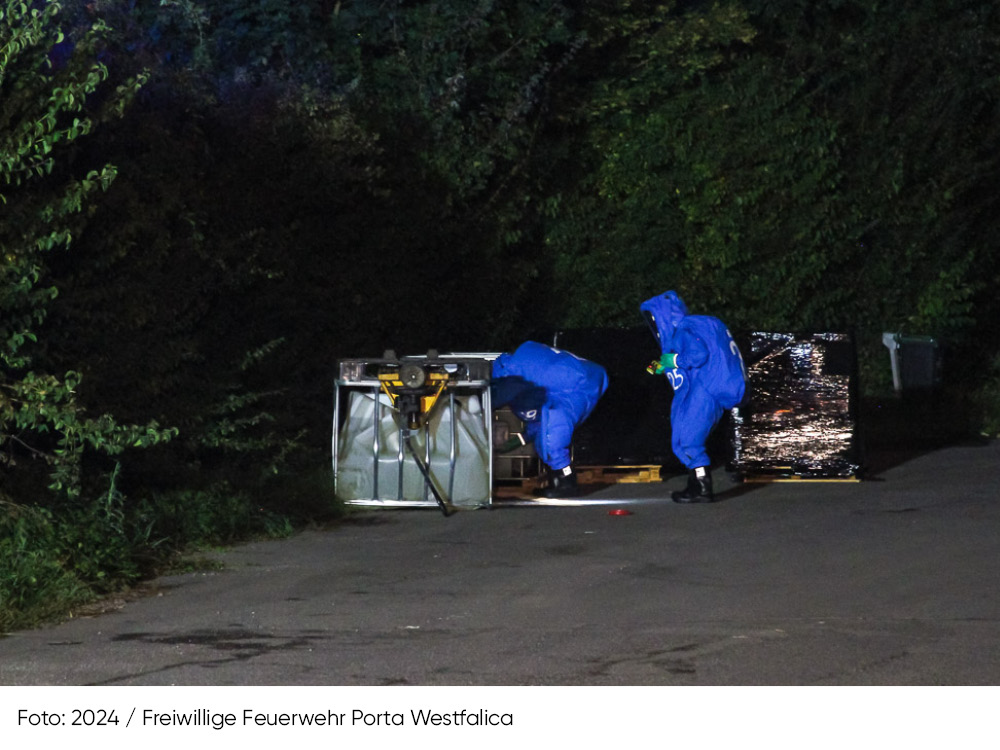
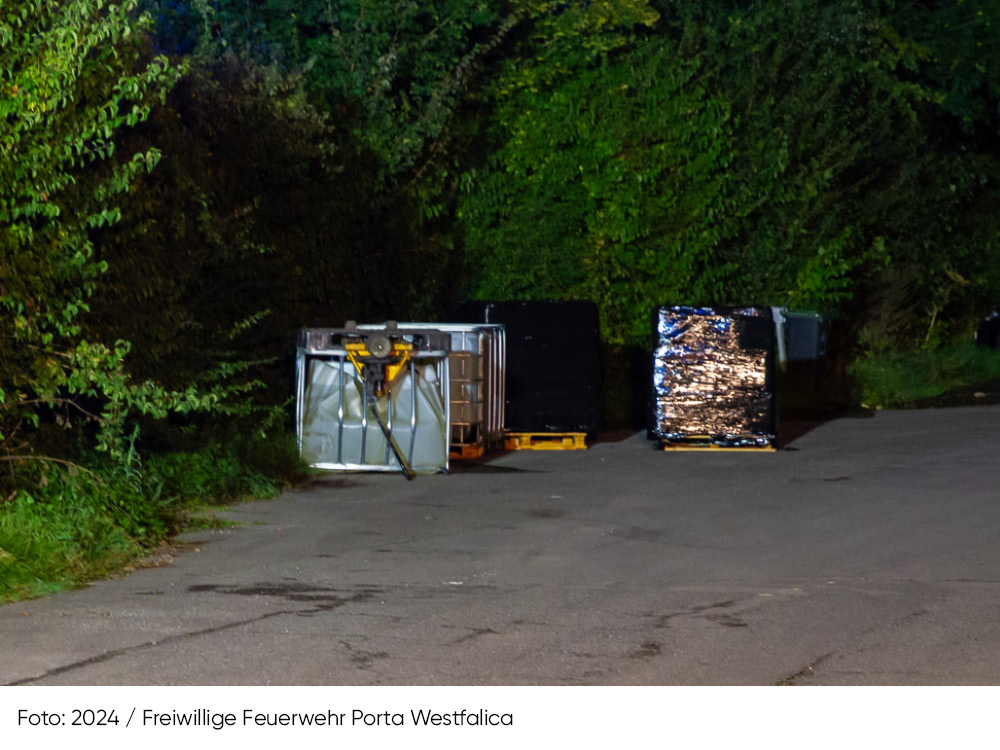
Acetone - properties and hazards
Acetone – properties and hazards
Acetone is a colorless, flammable liquid with a characteristic, pungent odor. It falls under UN number 1090 and has the hazard number 33. In chemistry, acetone is used as a solvent in many industrial processes.
Substance data for acetone:
UN number: 1090
Hazard number: 33 (Flammable liquid substance)
ADR class: 3 (Flammable liquids)
Packaging group: II
Flash point: -18°C
Boiling point: 56°C
Hazards:
Acetone is highly flammable and forms highly flammable vapor-air mixtures in air. It irritates the respiratory tract, eyes and skin and can be harmful if inhaled, swallowed or in contact with skin. There is also a risk of explosion if stored or handled incorrectly.
Responsibility and safety awarenesswhen handling hazardous goods
This incident clearly shows that companies must live up to their responsibilities when handling dangerous goods. The labeling of hazardous goods is not only a legal obligation, but also a vital tool for preventing accidents. If proper labeling is not in place, this endangers bystanders, the emergency services and the environment.
Acetone, requires clear and unambiguous labeling. In the current case, the emergency services had to use special measuring instruments to identify the substance. In an emergency, this valuable time could make the difference between human life and death. A clear label with the UN number, the hazard number and the necessary information would have significantly shortened the response time.
Why labeling is so important
Labeling plays a central role in the transport of hazardous goods. It informs the parties involved – be it the warehouse staff, the transport service providers or the emergency services – about the type of substance and the associated risks.
The labeling must be clear, clearly visible and, above all, complete. This includes
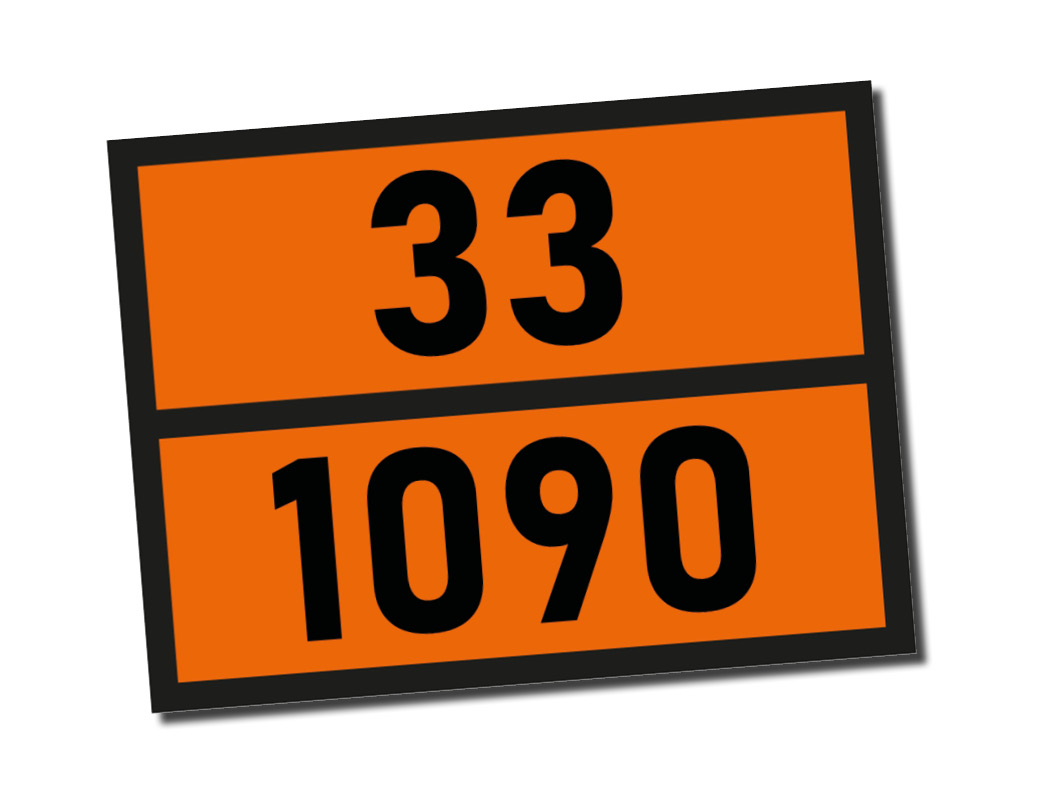
Orange warning signs:
These signs show the UN number and hazard number. Our warning signs have been specially developed for the safe labeling of dangerous goods in accordance with the ADR, RID, IATA and IMDG Code
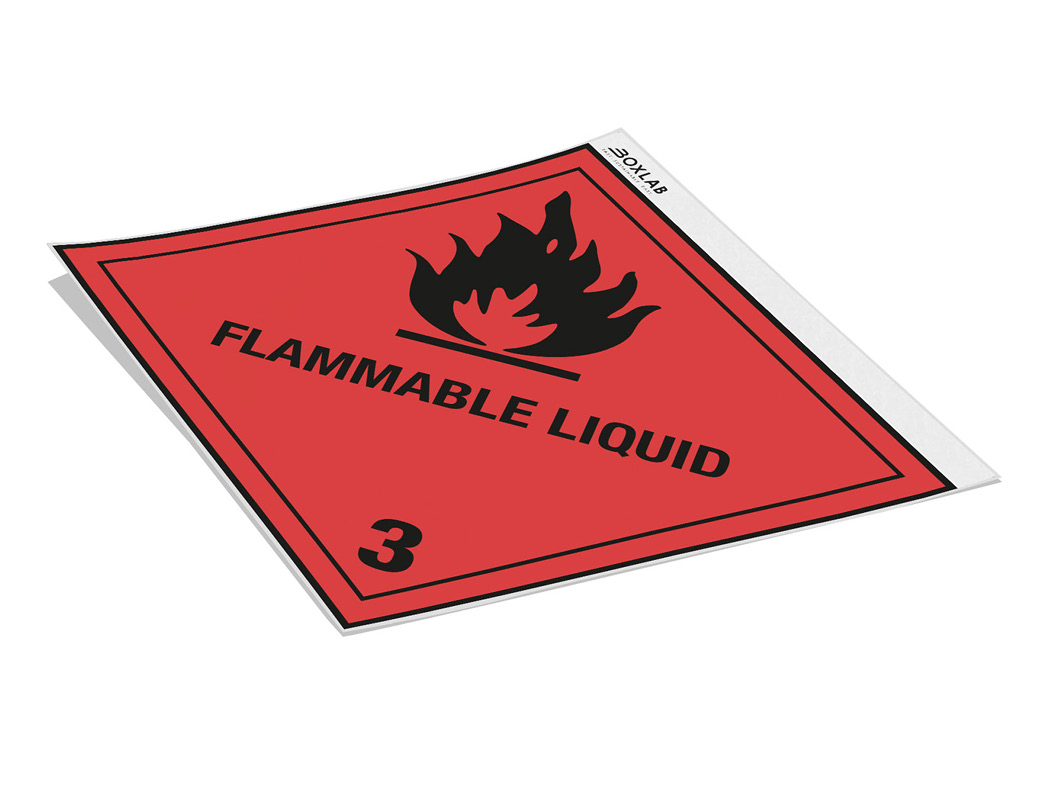
Placards:
The color and number of the placard usually indicates the dangerous goods class. We also provide the additional label for heated substances in this format.
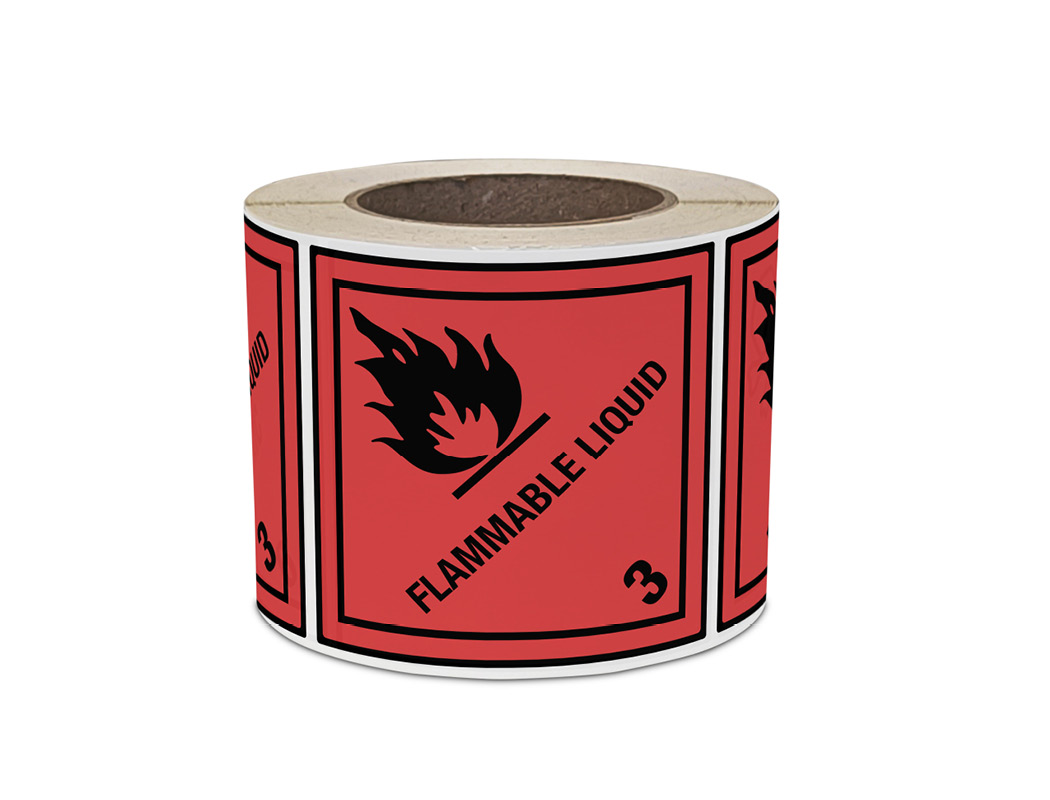
Hazard labels:
These labels indicate the hazard classes and subclasses of the actual package.
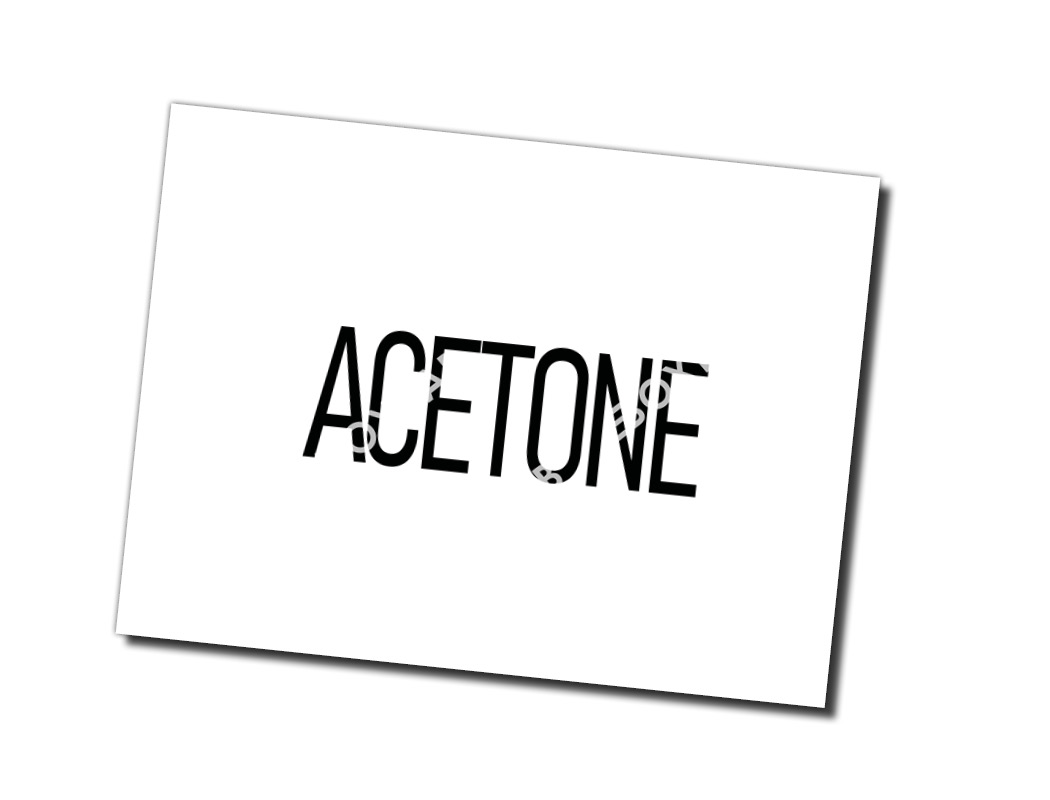
Technical names:
Provide clear identification of hazardous substances in accordance with the latest IMDG Code 2023 regulations.
The correct classification
The correct classification of substances for transportation, especially in the context of dangerous goods transportation, requires specialist knowledge and experience in the field of dangerous goods regulations. There are various experts and resources that can help with the classification of substances:
- Dangerous goods officers: many companies that transport dangerous goods have specially trained dangerous goods officers. These individuals are responsible for the safe handling, labeling and documentation of dangerous goods.
Dangerous goods advisors: External dangerous goods advisors are experts who can support companies in the proper classification, labeling and documentation of dangerous goods. They have specialist knowledge of the applicable regulations and can help with the classification of substances. - Authorities and regulatory bodies: The relevant national and international authorities and regulatory bodies, such as the Federal Office for Logistics and Mobility (BALM) in Germany or the United Nations Economic Commission for Europe (UNECE), provide guidelines and regulations for the transportation of dangerous goods. They can also answer questions about the classification of substances.
- Databases and resources: There are databases and resources that provide information on various hazardous substances and their classification according to international regulations. These can be used as reference works.
- Training courses and seminars: Attending training courses and seminars on the transportation of dangerous goods can help companies and individuals gain the necessary knowledge to classify substances correctly.
It is important to consult the relevant national and international regulations and guidelines and to always consult experts in case of uncertainty or questions to ensure that dangerous goods are transported safely and legally. The classification of substances is crucial to avoid accidents and hazards.
Conclusion
The incident in Porta Westfalica should be seen as a clear warning: Proper labeling is essential to ensure safety when transporting and handling hazardous goods. Acetone is just one example of many hazardous substances that pose considerable risks if handled incorrectly. Companies have a duty to ensure that every hazardous substance is correctly labeled to provide emergency responders and other stakeholders with the necessary information that can make all the difference in an emergency.
For safe and compliant labeling of your hazardous materials, BOXLAB Services offers specialized label solutions developed to the highest standards. Visit our store for more information on warning signs, placards and hazard labels.
For more information on warning signs and labeling, visit our store:
Get advice now
Contact us today to find out more about our hazardous goods labels and other intralogistics solutions and to arrange a personal appointment.
